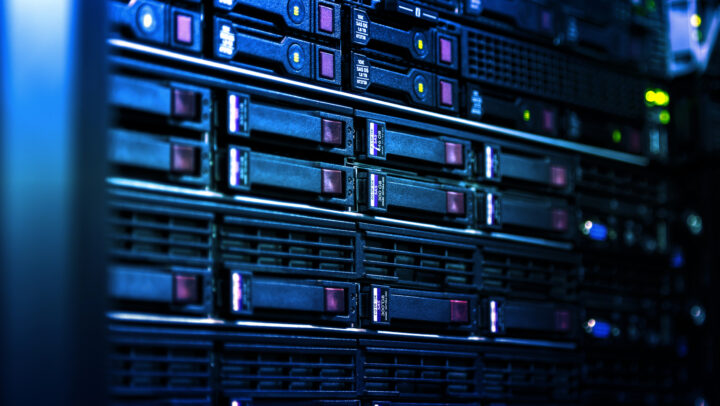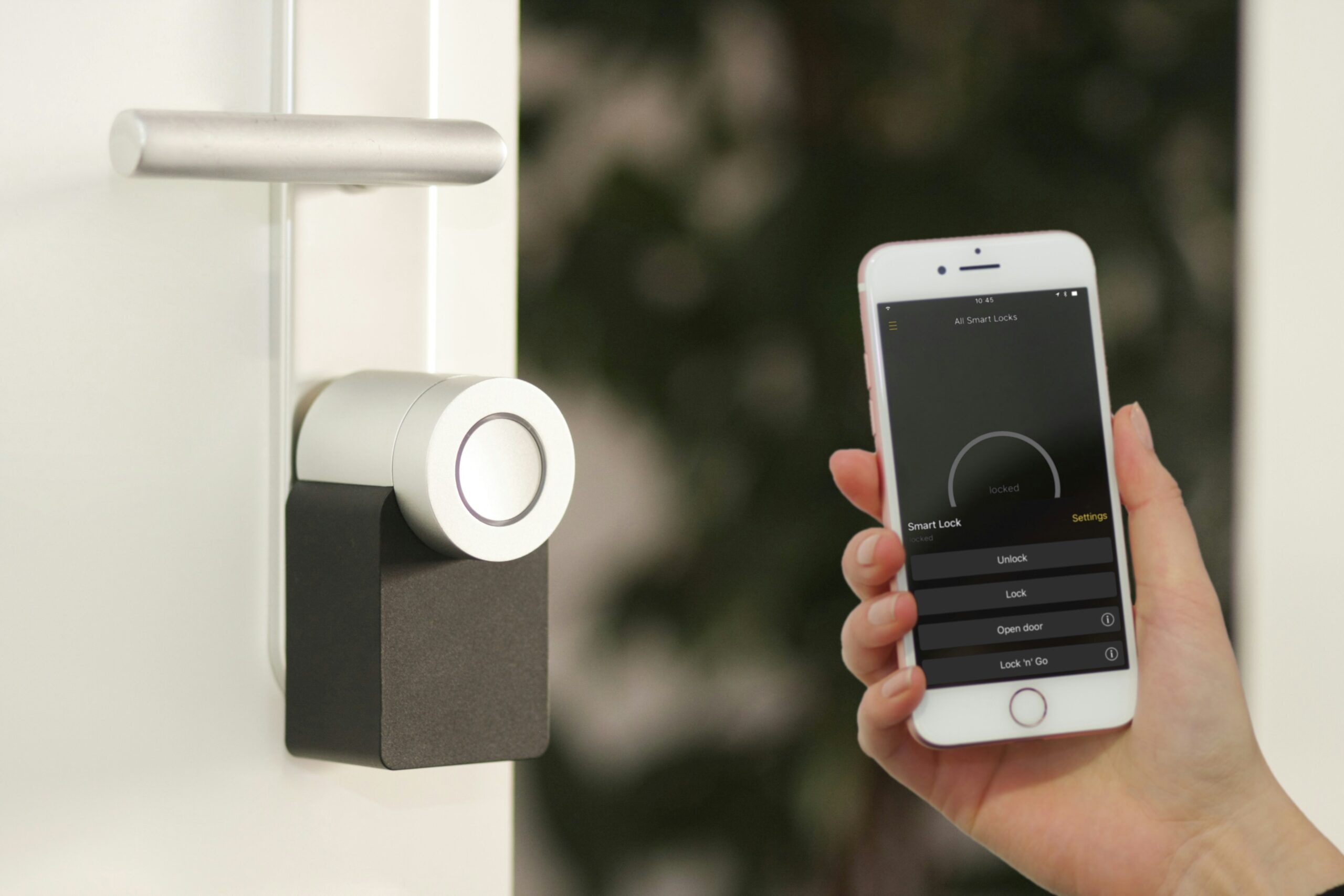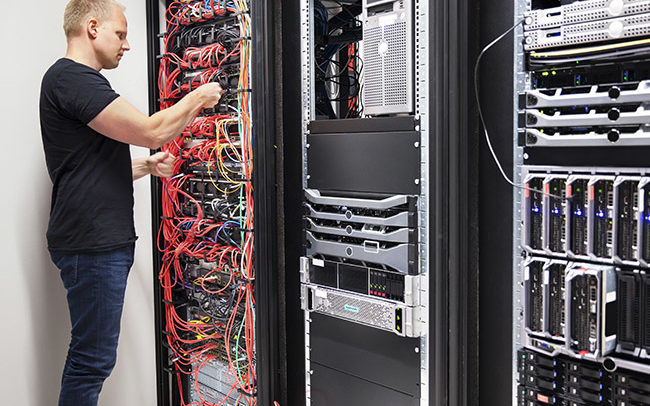
Progressive Office Cabling for Charlotte, NC: Enhancing Operations with Low Voltage Systems
In Charlotte, NC fast-paced business environment, having a reliable and efficient technology infrastructure is crucial. Low-voltage systems, also known as structured wiring, play a vital role in supporting the various digital and electronic technologies that businesses rely on daily.
Low-voltage wiring is essential for operating numerous systems within commercial buildings and facilities. These include audio/visual setups, computer networking, network data transmission, telephone services, security measures, and Wi-Fi connectivity. Operating at lower electrical currents, this type of wiring is ideally suited for delicate electronic equipment, ensuring stability and performance.
Installing low-voltage wiring demands professional expertise. Certified technicians possess the necessary knowledge to design and implement a network that supports a building's diverse needs. From audio/visual systems to complex security networks, these professionals ensure that the infrastructure is configured correctly to handle multiple functions seamlessly.
Security is a top priority for any business. Progressive Office in Charlotte, NC, excels in providing low-voltage cabling and equipment installation for various security systems. Here are four critical types of security systems that benefit significantly from low-voltage wiring:
Progressive Office offers a team of skilled and experienced professionals dedicated to delivering superior low-voltage wiring solutions for businesses in Charlotte, NC. Their comprehensive approach ensures that every project is tailored to the facility's specific needs, enhancing operational efficiency and security.
Integrating low-voltage systems is essential for modern commercial buildings, providing enhanced efficiency and security. Progressive Office in Charlotte, NC, stands out as a leader in this field, offering expert installation and maintenance of low-voltage systems. By partnering with Progressive Office, businesses can ensure their facilities are equipped with state-of-the-art technology, providing employees and visitors a safe and efficient environment.
Contact Progressive Office today for more information or to schedule a consultation. Take the first step towards a more secure and technologically advanced future.
Understanding Low Voltage Wiring
Low-voltage wiring is essential for operating numerous systems within commercial buildings and facilities. These include audio/visual setups, computer networking, network data transmission, telephone services, security measures, and Wi-Fi connectivity. Operating at lower electrical currents, this type of wiring is ideally suited for delicate electronic equipment, ensuring stability and performance.
The Necessity of Professional Installation
Installing low-voltage wiring demands professional expertise. Certified technicians possess the necessary knowledge to design and implement a network that supports a building's diverse needs. From audio/visual systems to complex security networks, these professionals ensure that the infrastructure is configured correctly to handle multiple functions seamlessly.
Key Low Voltage Security Systems
Security is a top priority for any business. Progressive Office in Charlotte, NC, excels in providing low-voltage cabling and equipment installation for various security systems. Here are four critical types of security systems that benefit significantly from low-voltage wiring:
- Surveillance Camera Systems
- Functionality: Surveillance cameras are crucial for monitoring activities in and around a facility, both as a deterrent to crime and as a means of gathering evidence.
- Installation: Expert technicians strategically position cameras to cover critical areas and connect them to a central monitoring system using low-voltage wiring for optimal performance.
- Access Control Systems
- Functionality: These systems manage who can enter and exit the premises, utilizing technologies like card readers, biometric scanners, and keypads.
- Installation: Professional installation ensures access points are securely managed and integrated into the building's overall security infrastructure via low-voltage cabling.
- Alarm Systems
- Functionality: Alarm systems alert staff and authorities to potential security breaches, such as unauthorized entries or fire hazards.
- Installation: Technicians install sensors and alarms throughout the facility, linking them to a central control panel with low-voltage wiring to ensure quick, reliable alerts.
- Intercom Systems
- Functionality: Intercom systems provide effective communication within a facility, which is essential for coordinating activities and managing security.
- Installation: Low voltage wiring connects intercom units, ensuring precise and consistent communication throughout the building.
Why Choose Progressive Office?
Progressive Office offers a team of skilled and experienced professionals dedicated to delivering superior low-voltage wiring solutions for businesses in Charlotte, NC. Their comprehensive approach ensures that every project is tailored to the facility's specific needs, enhancing operational efficiency and security.
- Certified Expertise: Progressive Office’s technicians are certified and bring experience to each project, ensuring high-quality installations.
- Tailored Solutions: They provide customized solutions to meet the unique requirements of each business, ensuring optimal performance.
- End-to-End Services: Progressive Office offers a complete suite of services to support their clients' needs, from consultation and design to installation and maintenance.
Conclusion
Integrating low-voltage systems is essential for modern commercial buildings, providing enhanced efficiency and security. Progressive Office in Charlotte, NC, stands out as a leader in this field, offering expert installation and maintenance of low-voltage systems. By partnering with Progressive Office, businesses can ensure their facilities are equipped with state-of-the-art technology, providing employees and visitors a safe and efficient environment.
Contact Progressive Office today for more information or to schedule a consultation. Take the first step towards a more secure and technologically advanced future.









